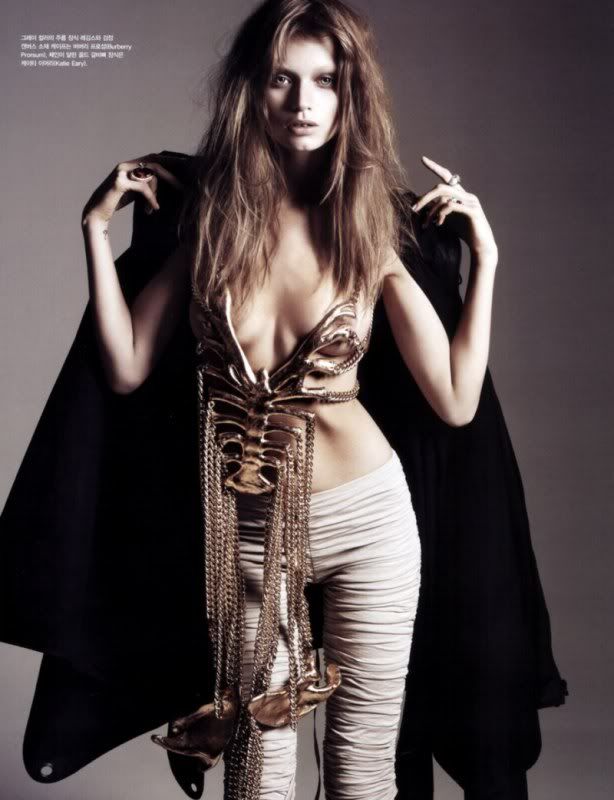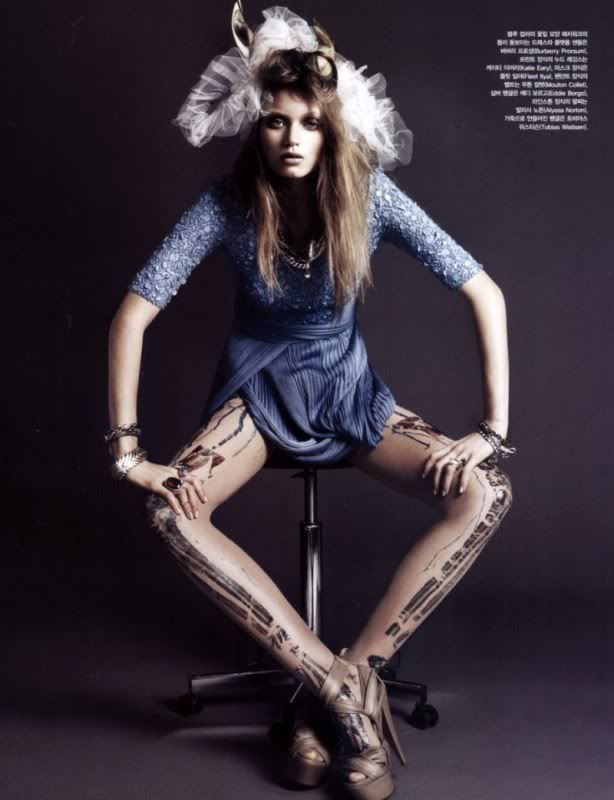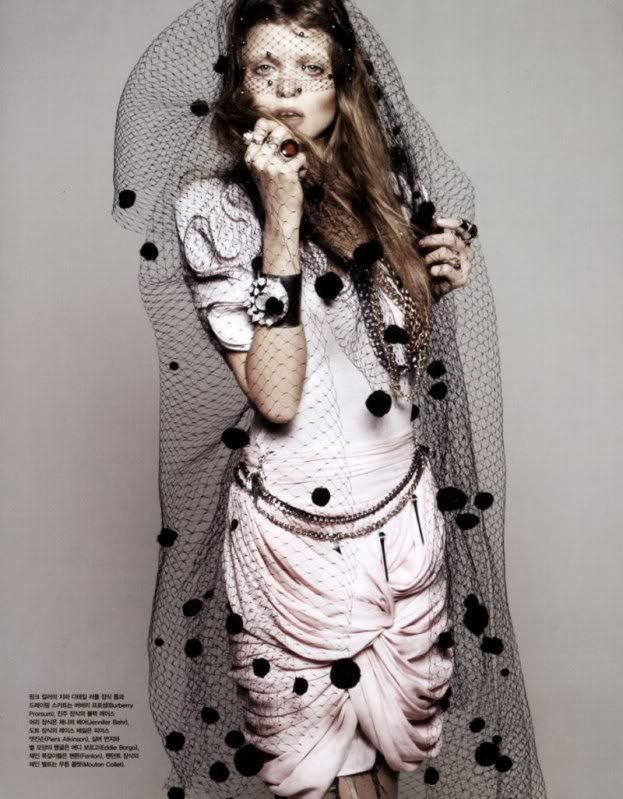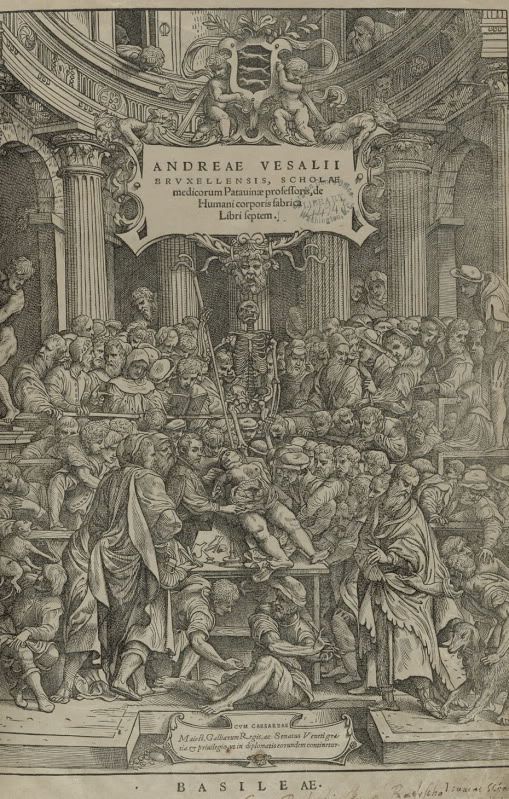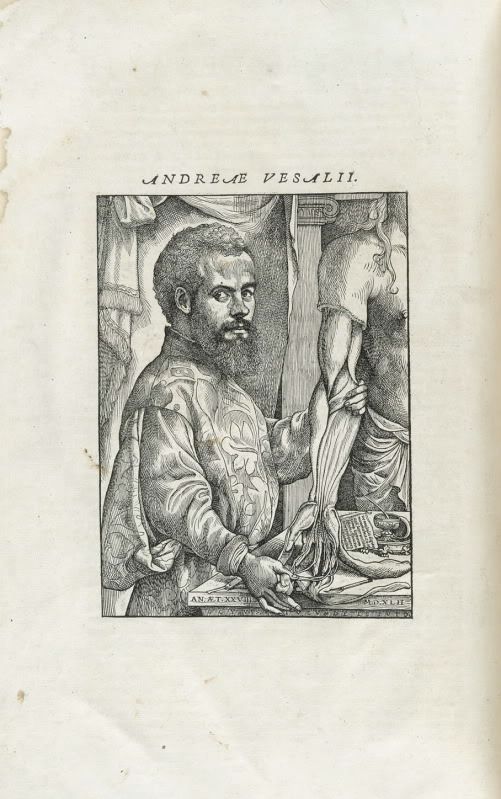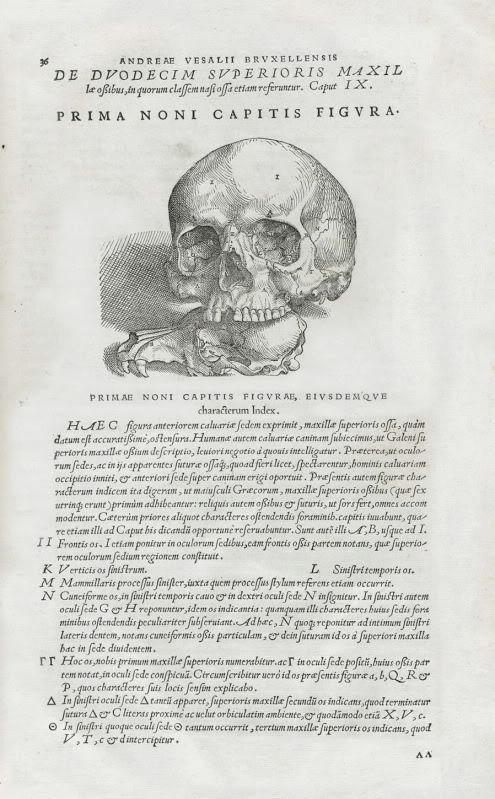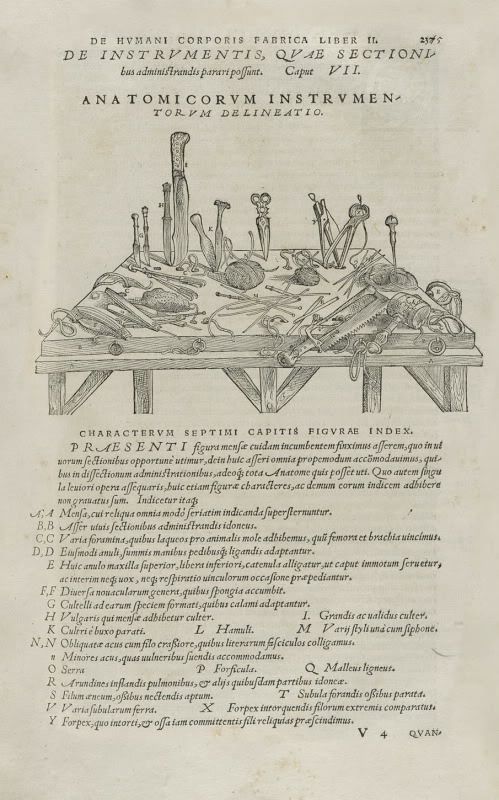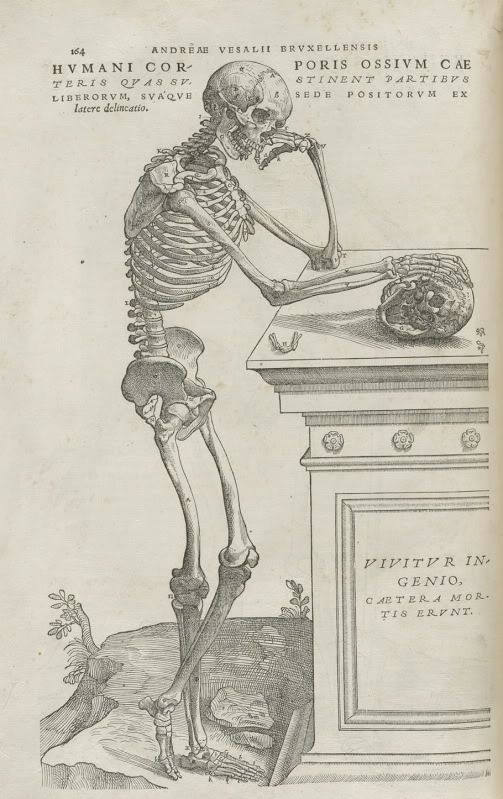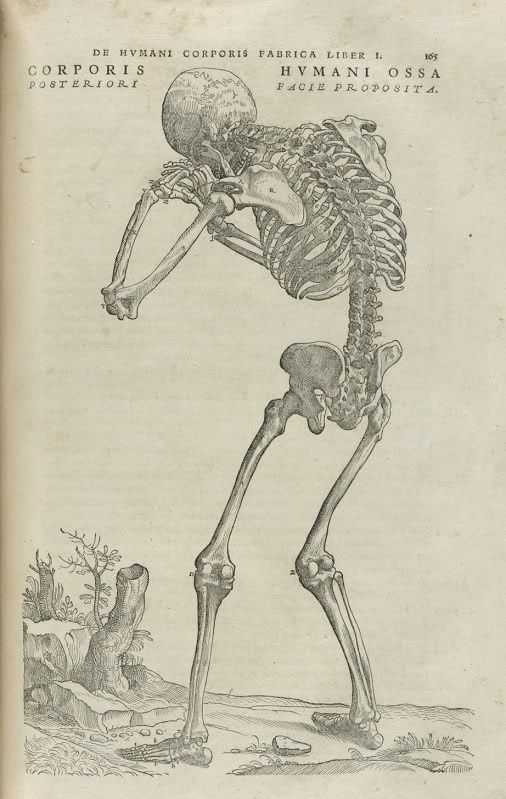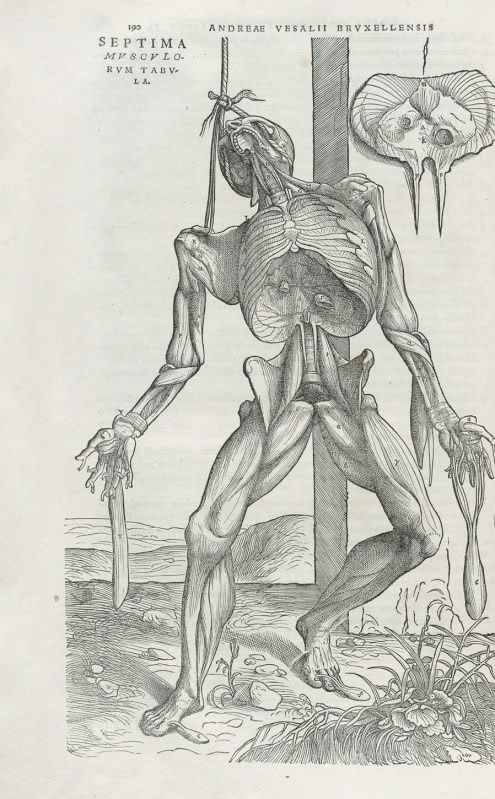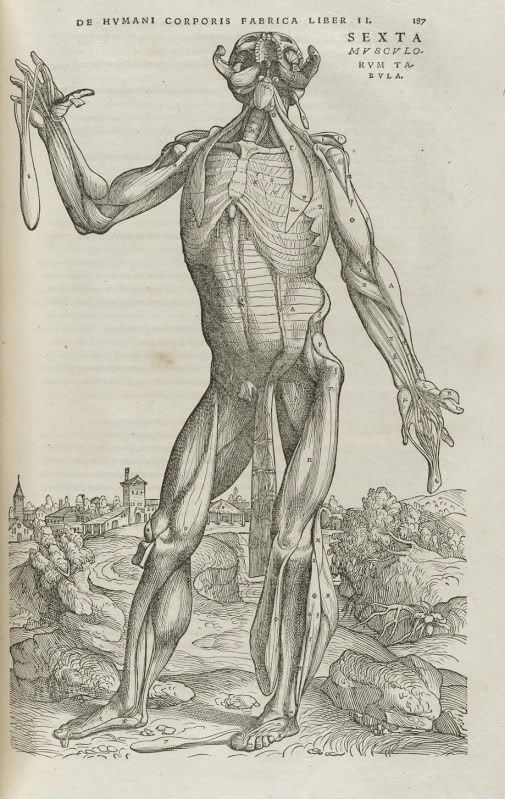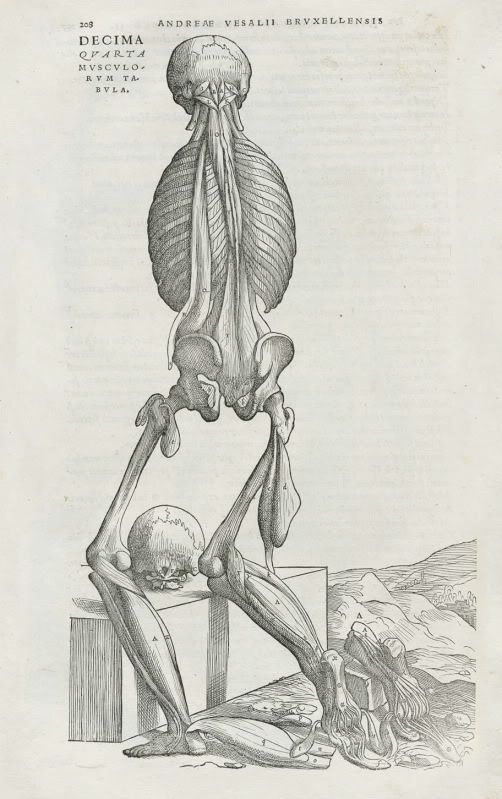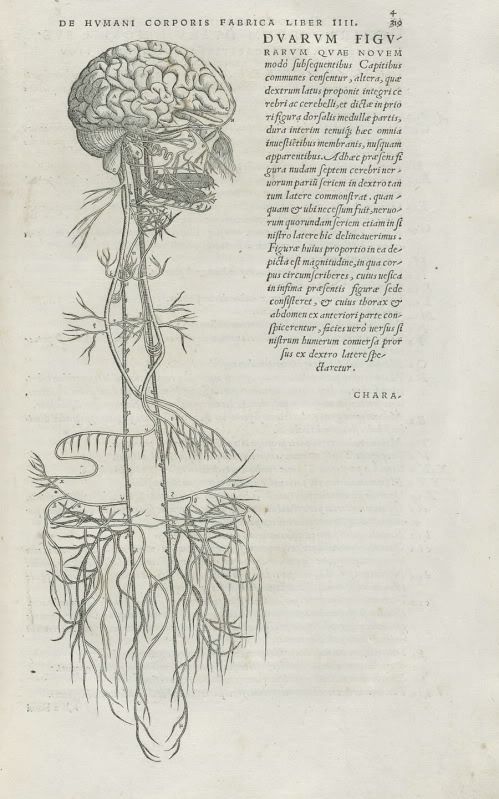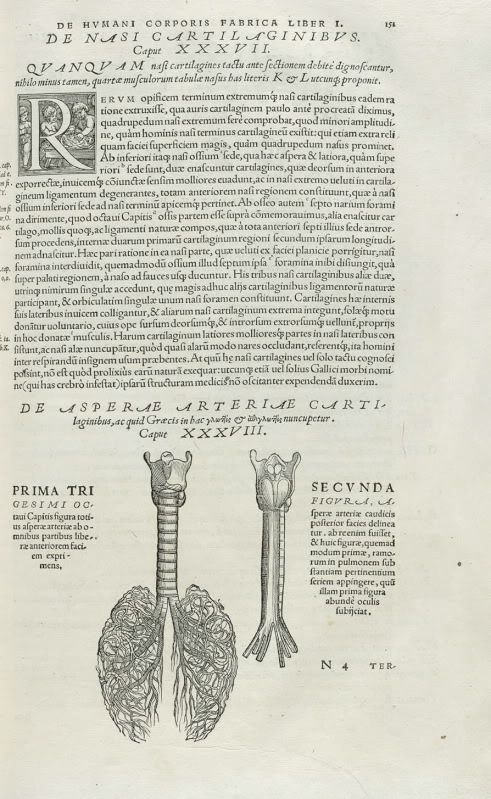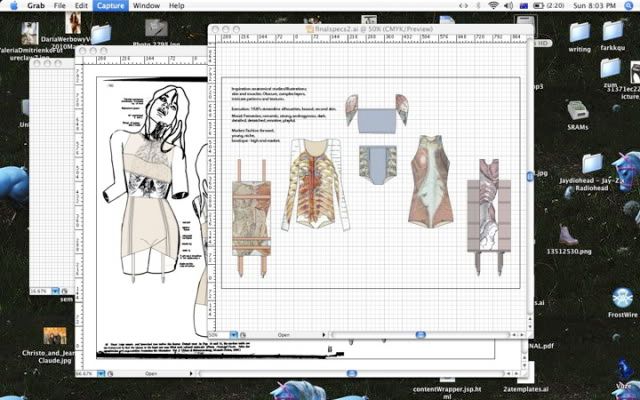

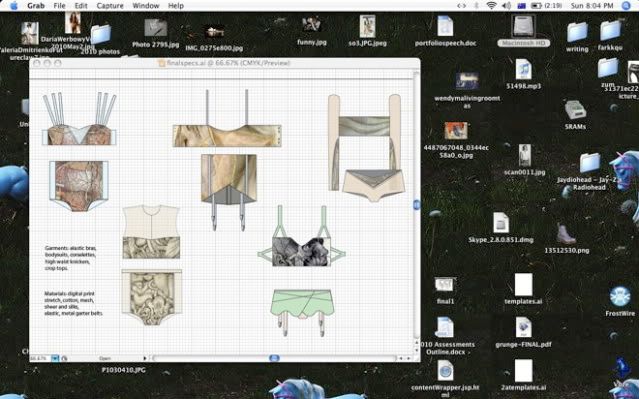
The theme and inspiration for my fashion portfolio is anatomy, in particular, the illustrated aspects of the skin and muscles. Through anatomical studies, the revealing of the most complex organism and how these obscure layers, full of beautiful intricate patterns and textures, so precisely arranged, are studied by artists throughout history fascinate me and have inspired my concept for this portfolio.
Instead of the scientific side of anatomical studies, historical sources such as the sketches by Andreae Vesalii, Leonardo Di Vinci and Jacob Rueff from as early as the 14th century will be focused upon. As well as western medical journals, the eastern observations of Kaibo Zonshinzu have also been an inspiration (please refer to Appendix A). I am interested in the rather romantic, somewhat playful, rendered illustrations and uniquely emotive styles (in the way that each artist have such different perspectives in conveying the complexities of the body and emotions of the ‘victims’ of dissection), in which these artists have recorded their studies through the use of soft renderings, colours and their incredible attention to detail.
Concept and Rationale
Product
The product I will be developing is a small collection of lingerie inspired by anatomical illustrations whilst drawing upon 1920’s silhouettes. Most pieces will be versatile and can be converted into outwear. The collection will explore the juxtaposition of femininity and androgyny.
The theme of anatomical illustrations will play a main role in the graphics and printing of the textiles. The vibrant patterns and textures will be digitally printed on cottons, elastic materials and silks, hence it is vital that these interesting pieces are versatile enough to be worn as a visible aspect of any outfit.
In a deeper sense, the theme has also inspired the shape and structure as well as the construction of the garments proposed in this portfolio. The lingerie collection will be re introducing some of the silhouettes of the 1920’s, suitable for the female body of today. This concept clearly captures the essence of the theme; in particular exploring the skin and muscles, which serve to bound and protect. Furthermore, the idea of layers of precisely arranged bodily tissue can be suggested through the layering of digitally printed silks and sheer materials which is a component of this concept.
The emancipation of the modern woman during the 1920’s resulted in an androgynous straight-line silhouette achieved by bounding whilst eliminating the exaggeration of the physical feminine characteristics explored by Ewing, (1971). Changing the silhouette has always marked the moving forward of fashion, hence emphasising the tubular line of fashion seems to be relevant today enforcing the desire to achieve one ness of the body described by Field (2007, p. 91) which can be seen as timeless. Moreover, anatomical illustrations seemed to be composed mainly of the study of males, hence this justifies the straight silhouette and androgynous approach.
“However, while flattened breasts might also safely desexualise,” (Field, 2007, p. 94) and preserved “the conventions of modesty and propriety,” (Field 2007, p. 94), hence, as the juvenile body shape became the feminine ideal – “such enchanting, sexless, bosom less, hipless, thigh less creatures,” (Willett & Cunnington, 1992, p. 234), the 1920’s glorification of youth through the means of underwear is emphasized. Hence, considering the shapes of undergarments of the 1920’s is relevant to the mood of the inspiration, being the lively, naïve essence of the historical anatomical illustrations discussed, in comparison to the computer generated diagrams of today.
The collection will include pieces, which instead of the traditional ideal of constricting or bounding, encases and protects, inspired by the muscles of the human body. In particular, garments Ewing, (1971) outlines which were vital in achieving the boyish figure such as the bandeaux, corselette, cami-knickers and slips, constructed close to the body, will be vital pieces in the collection. (Please refer to Appendix D). In comparison to the 1920’s function these pieces will not compromising comfort or health; as evidence, according to Field, (2007, p.92), the too straight-lined brassieres caused damage; breaking the tissues, resulting in sagging muscles and drooping bust. The materials for the collection will be softer and thinner elastics that simply offer support. Therefore, the concept does not aim to advocate the pursuit of slimness Probert, (1981, p. 18) mentions of the 1920’s, instead offers women the option of exploring, and experimenting with different shapes and silhouettes of their bodies. Finally, the collections will be demure and apparel-like but still has the fundamental nature of undergarments.
